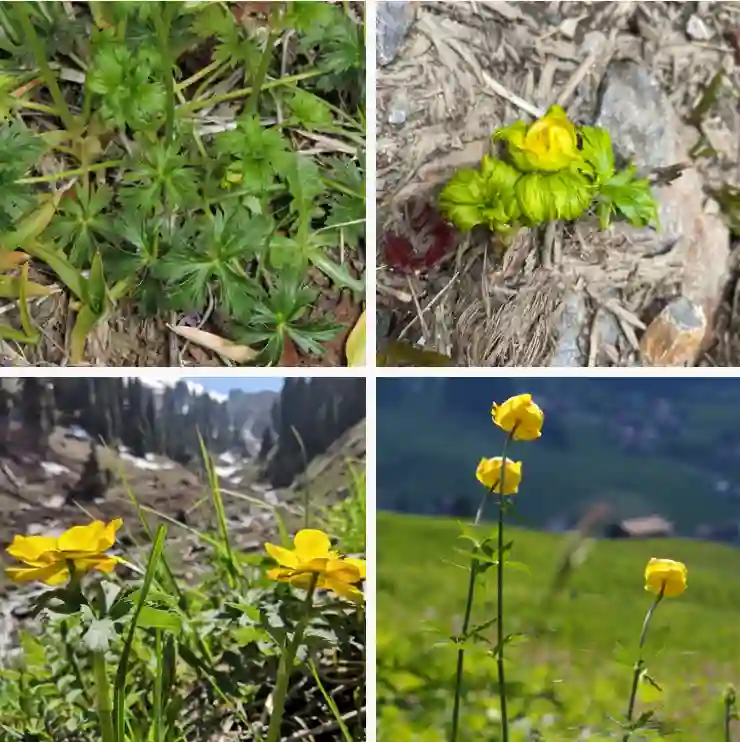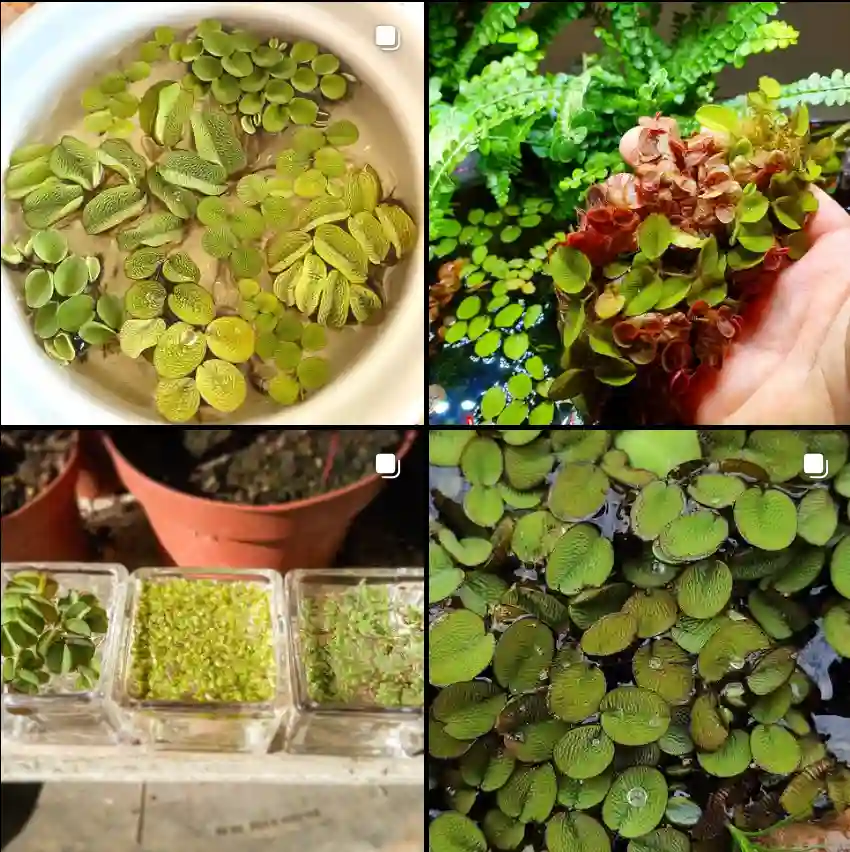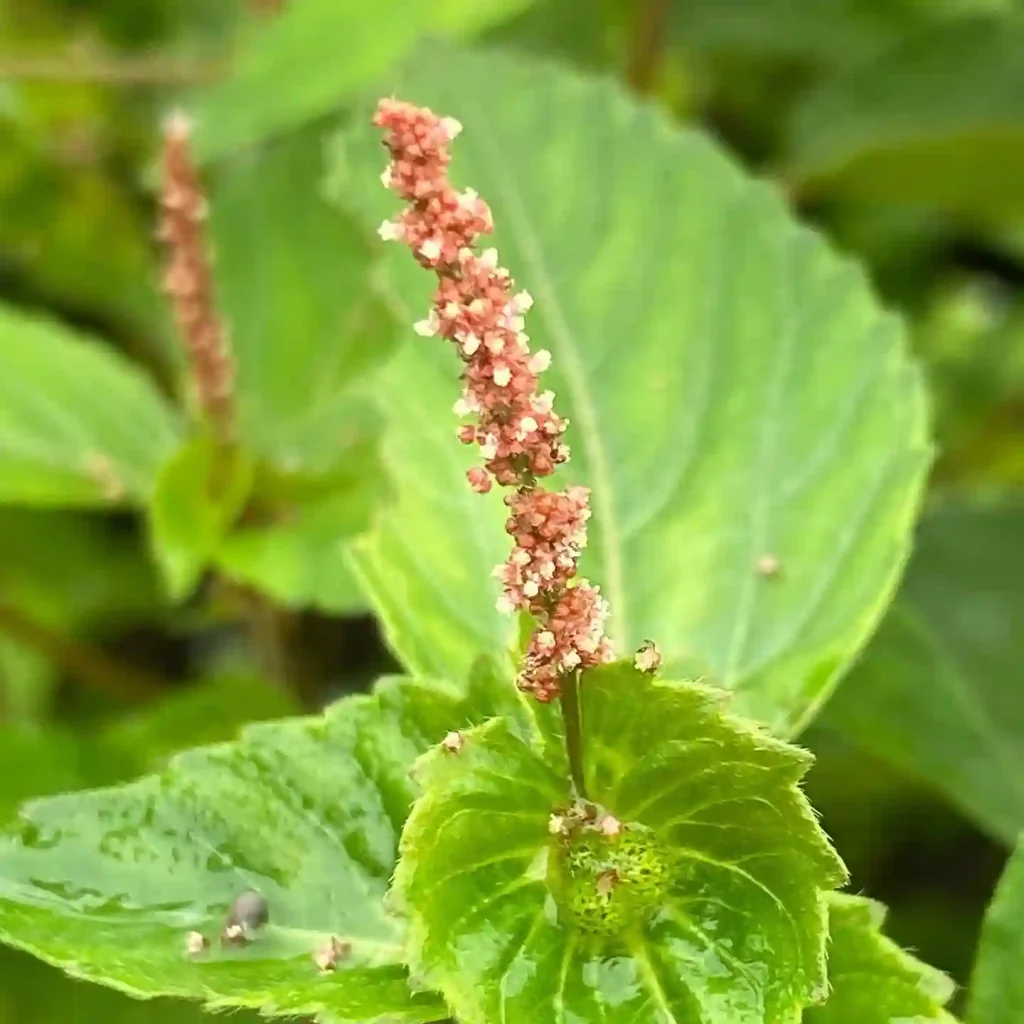Ampelopsis: A Climbing Companion
My name is Ferb Vu, and I’ve always been fascinated by climbing plants. Their ability to scale walls and fences, creating living tapestries of green, has always captivated me. Among my favorites is the genus Ampelopsis, a group of woody vines belonging to the grape family, Vitaceae. These plants, commonly known as peppervines or porcelainberries, are native to North America and Asia, and are prized for their ornamental foliage and fruit.
A Diverse Genus
The genus Ampelopsis encompasses a variety of species, each with its unique characteristics. Here are:
- Ampelopsis aconitifolia (Monkshood Vine): This species is admired for its deeply lobed leaves, resembling the foliage of monkshood plants.
- Ampelopsis cordata (Heartleaf Peppervine): Distinguished by its heart-shaped leaves and inconspicuous flowers. Plant FAQs: Ampelopsis Cordata – Heartleaf Ampelopsis
- Ampelopsis glandulosa (Ampelopsis brevipedunculata): A variable species with several varieties, some of which are cultivated for their ornamental foliage.
- Ampelopsis acutidentata W.T.Wang
- Ampelopsis bodinieri (H.Lév. & Vaniot) Rehder
- Ampelopsis chondisensis (Vassilcz. & V.N.Vassil.) Tulyag.
- Ampelopsis delavayana Planch. ex Franch.
- Ampelopsis denudata Planch.
- Ampelopsis humulifolia Bunge
- Ampelopsis japonica (Thunb.) Makino
- Ampelopsis mollifolia W.T.Wang
- Ampelopsis orientalis (Lam.) Planch.
- Ampelopsis tadshikistanica Zaprjagaeva
- Ampelopsis tomentosa Planch. ex Franch.
- Ampelopsis vitifolia (Boiss.) Planch.
- Ampelopsis wangii I.M.Turner
Ornamental Appeal
What draws me to Ampelopsis is their aesthetic versatility. Their climbing habit allows them to adorn a variety of structures, from trellises and pergolas to walls and fences. They can be trained to climb up trees, adding a touch of wildness to a garden. Their foliage, often changing color in autumn, provides seasonal interest. And their berries, ranging in color from blue and purple to yellow and orange, add a vibrant touch.
One of my favorite species is Ampelopsis brevipedunculata, the porcelainberry. Its berries, which change color as they mature, create a stunning spectacle. I recall planting one along a fence in my backyard a few years ago. Now, it’s completely covered the fence, its stems interwoven, creating a dense screen of green. In the fall, the berries ripen, transforming the fence into a kaleidoscope of color.
Ecological Considerations
While I admire Ampelopsis for their beauty, I’m also aware of their potential to become invasive. Some species, particularly Ampelopsis brevipedunculata, can spread aggressively, outcompeting native plants. This is a concern, especially in areas where they are not native.
Therefore, it’s crucial to be mindful when planting Ampelopsis. Choosing less invasive species or cultivars, and properly managing their growth can help prevent them from becoming a nuisance. Regular pruning and removing seedlings can help keep them in check.
Cultivating Ampelopsis
Growing Ampelopsis is relatively straightforward. They prefer well-drained soil and full sun to partial shade. Once established, they are fairly drought-tolerant. They can be propagated from seed or cuttings.
In my experience, Ampelopsis are relatively low-maintenance plants. They don’t require frequent fertilization and are generally pest-free. However, they can be susceptible to fungal diseases, especially in humid conditions. Ensuring good air circulation and avoiding overhead watering can help prevent these issues.
A Personal Connection
My fondness for Ampelopsis goes beyond their ornamental value. They remind me of my childhood, when I used to explore the woods near my home. I would often encounter these vines, their stems twisting around trees, their berries gleaming in the sunlight. They were a symbol of the wild, untamed beauty that I found so captivating.
Even today, whenever I see an Ampelopsis vine, I’m transported back to those carefree days. They evoke a sense of wonder and nostalgia, reminding me of the simple joys of nature.
Conclusion
Ampelopsis, with its diverse species and ornamental appeal, is a valuable addition to any garden. Whether you’re looking to cover a wall, adorn a pergola, or add a touch of wildness to your landscape, Ampelopsis has something to offer. Just remember to be mindful of their growth habits and take steps to prevent them from becoming invasive. With proper care, these climbing companions can provide years of enjoyment.
If i die, water my plants!



